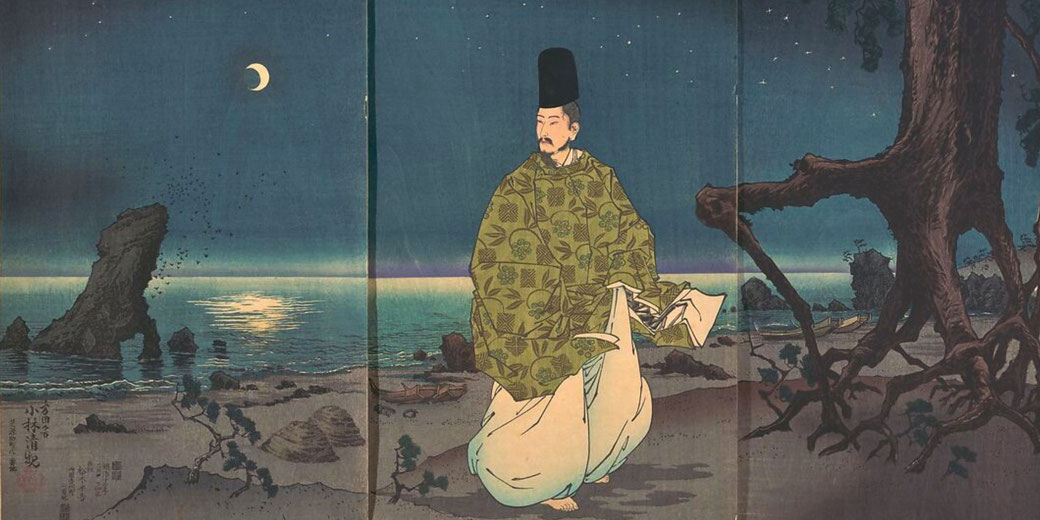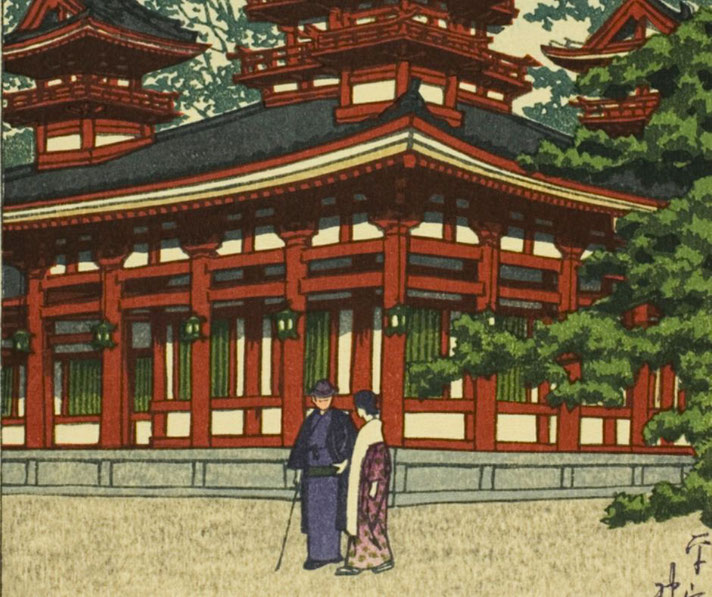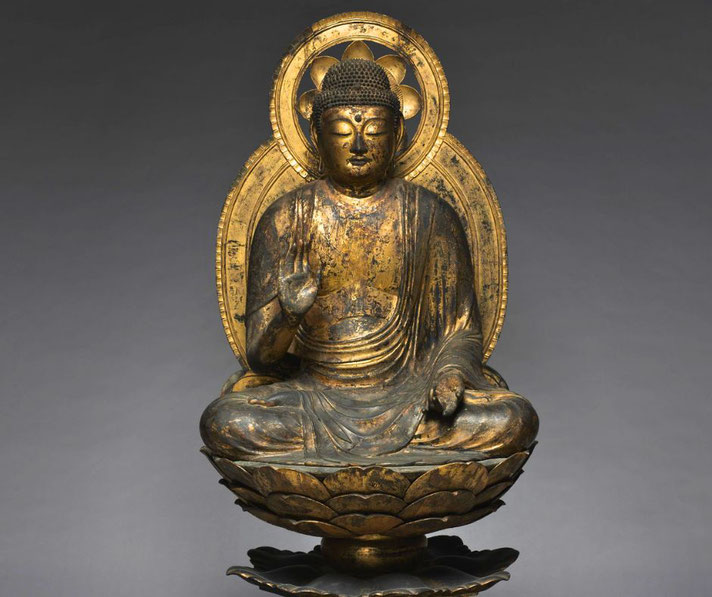What was the Heian Period and how did it change Japan?

The Heian Period lasted from 794 to 1185 AD and was a key turning point in Japan’s early history. The era took its name from the new capital city, Heian‑kyo, which meant “Capital of Peace and Tranquillity.”
Emperor Kanmu moved the capital to Heian-kyo, which is present-day Kyoto, and began a new era of imperial rule that saw the court grow strongly as the centre of political and cultural life.
The period lasted for about 400 years and became one of the longest eras of imperial rule in Japanese history. A cultured aristocratic society grew alongside the increasing power of noble families and the development of a clear Japanese identity that moved away from earlier Chinese influence and even created conditions for the rise of the samurai.
Welcome to the Heian Period
Emperor Kanmu ordered the construction of Heian-kyo in 794 AD after he decided to move the capital from Nara in order to limit the influence of powerful Buddhist monasteries such as Tōdai‑ji near the old capital.
Heian-kyo had a grid layout based on the Chinese jōbō system, and it contained a grand imperial palace at its centre, which became the centre of government and ceremony.
The city quickly grew into the primary focus of political life and religion; its cultural importance also expanded and its population may have reached around 100,000 at its peak.
The city remained the official capital of Japan in name until 1868, even though political authority shifted to other centres after the late twelfth century.
The imperial court developed a highly developed society that placed immense value on artistic ability and literary talent, along with the mastery of particular social rituals.
The Fujiwara clan had the most influence through carefully arranged marriage alliances with the imperial family, which allowed them to control the regency for underage emperors.
Aristocrats at court devoted themselves to the pursuit of elegance and social prestige.

The political revolution of the Heian Period
Government institutions changed dramatically as the Fujiwara clan strengthened its control over imperial affairs.
The emperor continued to act as a symbolic ruler, but actual authority lay in the hands of Fujiwara regents who controlled court politics for generations.
Fujiwara no Yoshifusa became the first regent who was not a member of the imperial family in 858 AD, and later Fujiwara leaders such as Fujiwara no Michinaga, who effectively ruled Japan from 995 to 1027, brought Fujiwara power to its strongest point.
They held power by marrying daughters to emperors such as Emperor Montoku and Emperor Seiwa, which ensured that future emperors were their grandsons and that they could control succession.
The weakening of central administration gave provincial governors greater independence, and landowners acquired private estates known as shoen that were free from taxation.
The expansion of shoen reduced state revenues while increasing the wealth and influence of aristocratic families, temples, and imperial relatives.
As a result, armed warriors began to serve as protectors of these estates, and their increasing presence in the provinces allowed a military class to gain real power that matched the authority of the imperial court.
Economic and social changes
The growth of the shoen system changed the Japanese economy, as vast tracts of land passed into the control of aristocrats, temples, and members of the imperial family.
Shoen expanded partly through giving land to temples or aristocrats to secure tax exemptions where landowners donated estates to temples or aristocrats.
These estates operated outside the tax system, which deprived the central government of necessary revenue and forced it to rely increasingly on the power of the aristocracy.
Peasants who worked on these estates became tenants and paid rent to their lords, which tied many of them to the land.
Estate managers and armed retainers maintained their positions because landowners needed them to supervise agricultural production and defend their property.
The decline of central authority in the provinces meant that power shifted towards those who could maintain order and provide military security.
Over time, the samurai appeared as a separate social class that controlled land and commanded armed followers, and by the late Heian period they began to form bushidan, or warrior bands.
Cultural and artistic developments
Court culture in Heian-kyo reached a high level of skill and refinement, and the creation of the kana syllabary gave writers the ability to write literature in the Japanese language rather than in Chinese.
So, noblewomen wrote diaries, poems, and stories that vividly described life at court, and works such as The Tale of Genji, which was written around 1008 by Murasaki Shikibu, and The Pillow Book by Sei Shonagon, who was actually Empress Teishi.
These texts are still invaluable sources for understanding aristocratic society of this era.
Art, architecture, and calligraphy also evolved significantly as courtiers competed to show their cultural skill.
Elegant palaces and gardens expressed ideals of harmony with nature, and poetry competitions became a popular pastime among the nobility.
The Byōdō‑in Phoenix Hall that was erected in 1053 after the estate was converted in 1052, is one of the best examples of Heian-era architecture.
Awareness of seasonal changes and the value people placed on beauty were seen as essential qualities of a refined individual.
Rapid religious changes in the Heian Period
Buddhism continued to grow in influence as new sects gained followers and became powerful institutions.
A man called Saichō, who lived from 767 to 822, founded the Tendai school on Mount Hiei, while Kūkaī, who lived from 774 to 835, established the Shingon school on Mount Kōya.
Both introduced esoteric forms of Buddhism that focused on religious rituals, mandalas, and sacred chants.
Their monasteries gathered large estates, which provided both money and political influence that even threatened that of aristocratic families.
Many common people combined Buddhist practices with traditional Shinto beliefs, which created a religious environment that blended native and imported traditions.
Aristocrats, in particular, funded the construction of impressive temples as acts of devotion and as displays of their wealth and status.
For all classes, religious festivals became important public events that tied religious authority to imperial power and in doing so strengthened the court’s cultural prestige as its political authority weakened.
Around this time, the Enryaku‑ji complex on Mount Hiei became one of the most influential centres of Tendai Buddhism.

Why did the Heian Period end?
The weakening of central control eventually produced instability that powerful warrior clans exploited.
Aristocratic families and military leaders competed for ultimately control as the court became unable to govern effectively.
Specifically, rivalries between the Taira and Minamoto clans grew into a full-scale conflict that became known as the Genpei War.
The war lasted from 1180 to 1185 and ended with the victory of the Minamoto clan after the decisive Battle of Dan‑no‑ura in 1185.
Then, Minamoto no Yoritomo established the Kamakura shogunate, which created Japan’s first military-controlled government.
He was appointed Sei-i Tai-shogun in 1192, which confirmed his position as the country’s military ruler official.
While the emperor retained a ceremonial role, political power shifted permanently to the shogun and his warrior government.
Therefore, the Heian Period ended as Japan moved away from an aristocratic court society and entered a new age dominated by the samurai.
What do you need help with?
Download ready-to-use digital learning resources
Copyright © History Skills 2014-2025.
Contact via email
With the exception of links to external sites, some historical sources and extracts from specific publications, all content on this website is copyrighted by History Skills. This content may not be copied, republished or redistributed without written permission from the website creator. Please use the Contact page to obtain relevant permission.





